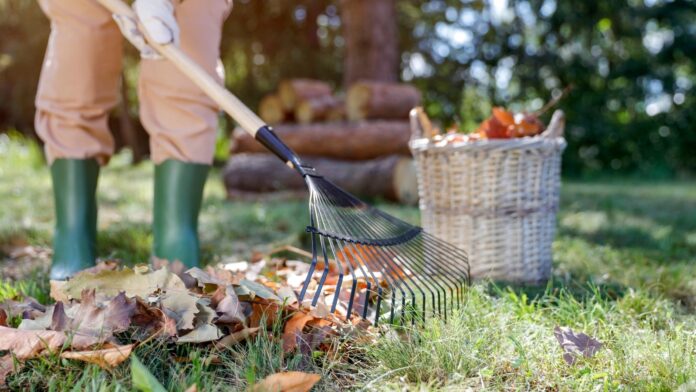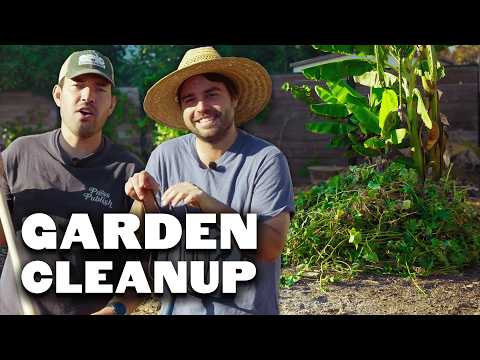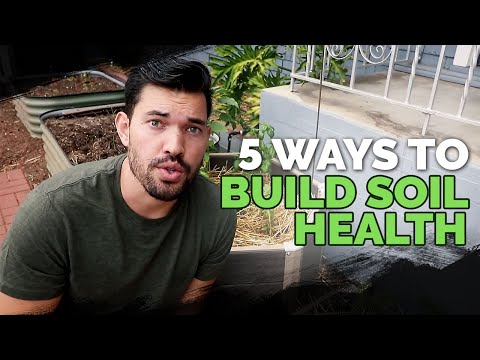[ad_1]
As the colorful colors of summer time season give technique to the crisp chill of autumn, it could be easy to overlook your yard beds. The tomatoes are accomplished, the ultimate of the leafy herbs have bolted, the mums are out on present—what else might there in all probability be? There are actually many fall yard duties you don’t have to ignore or push off.
While you’re lucky enough to have a variety of leisurely weeks of fine fall local weather sooner than a deep freeze hits, you may squeeze in a single different batch of veggies. Carrots, turnips, radishes, and greens make good cool-weather crops.
Nonetheless, if getting further seeds started doesn’t sound doable, there are only a few gardening duties that must take excessive priority. Fall is an excellent time throughout the yard: the local weather is cooler, rain is also falling further repeatedly, and most vegetation are naturally slowing down and going dormant.
Now that you just don’t wish to fret about harvesting or watering, you presumably can step once more and sort out a number of of those usually forgotten duties. That’s the correct various to assess your soil, lastly eradicate these diseased vegetation that popped up this summer time season, and full some main yard gadget repairs.
Listed below are 11 must-do yard duties to dig into this fall—don’t ignore them! We’re rooting for you!
Feed Your Soil
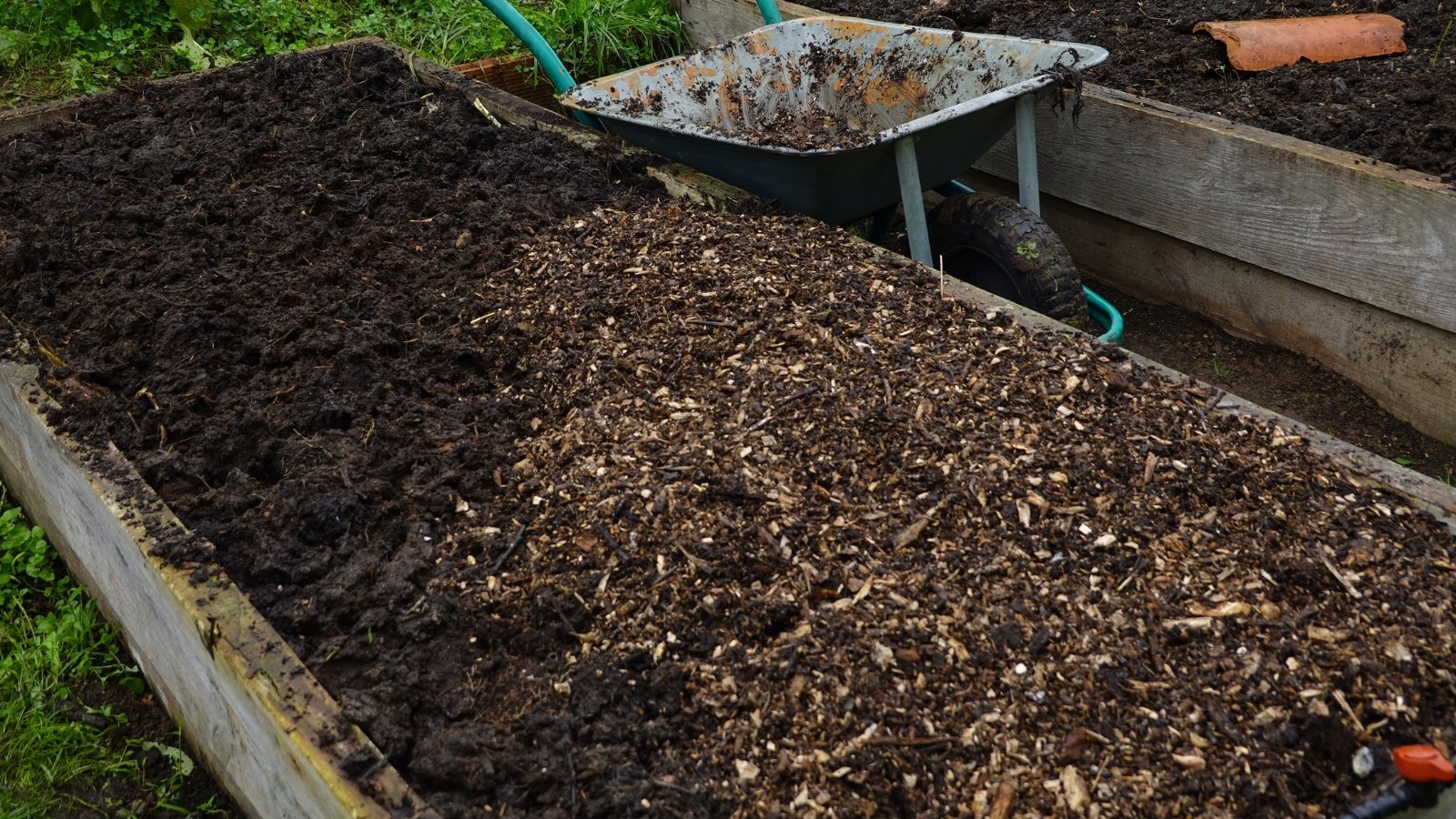

After a full season of supporting lush vegetation, fruits, and delightful flowers, your yard soil desires considerably pampering. Spending vitality on establishing resilient, nutrient-rich soil will go a fantastic distance. There are a substantial amount of alternative routes to feed and hold healthful soil, nevertheless do what feels approachable and accessible in your yard!
Add Compost
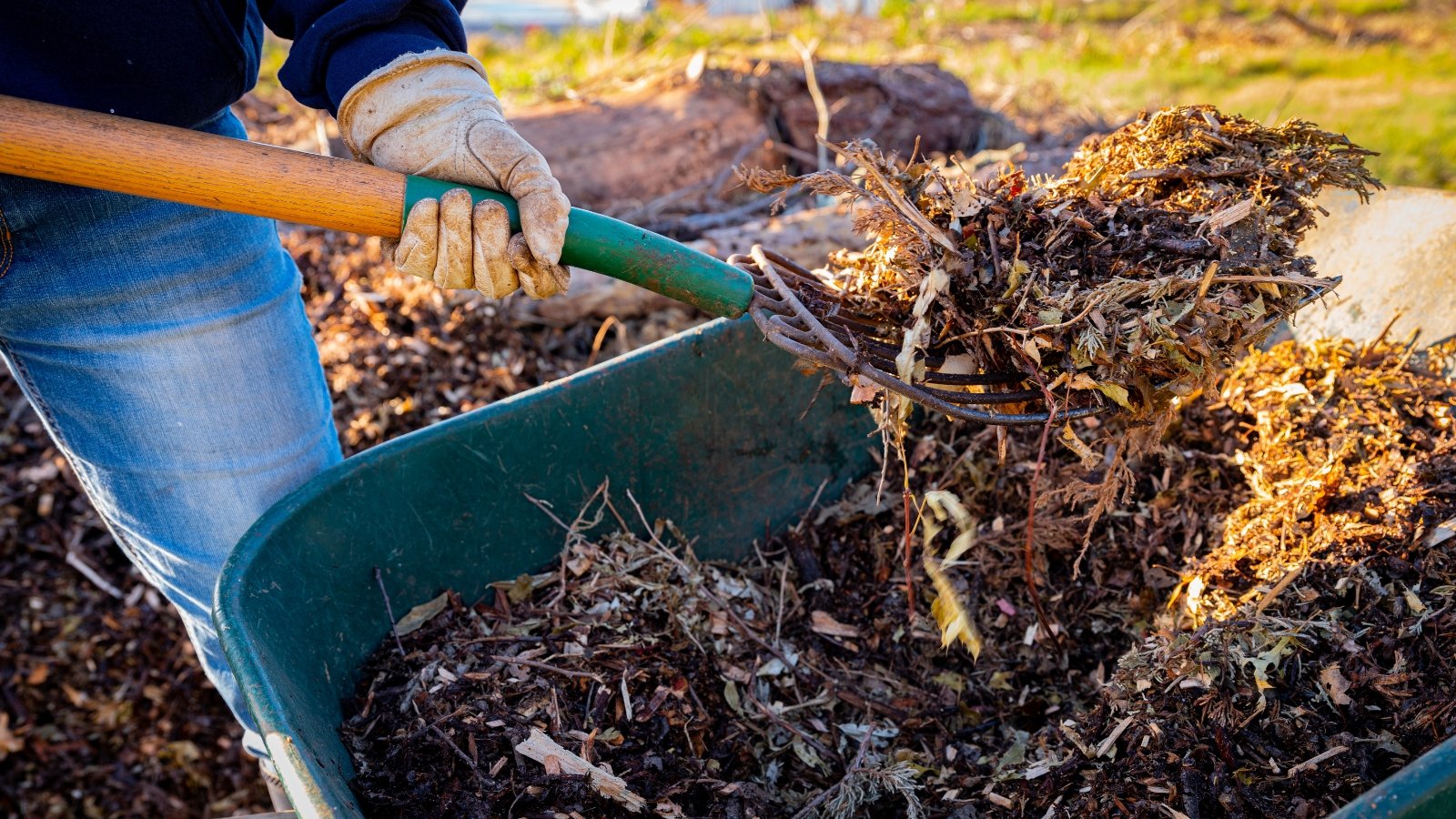

Whether or not or not you make your particular person compost or purchase a bag of it, that’s the main issue you’ll be able to do in your soil throughout the fall. A healthful dose of compost improves drainage, lightens heavy soil, helps helpful microorganisms, and helps hold soil moisture. Add a 1-2 inch thick layer of accomplished compost to your yard mattress.
Plant a Cowl Crop
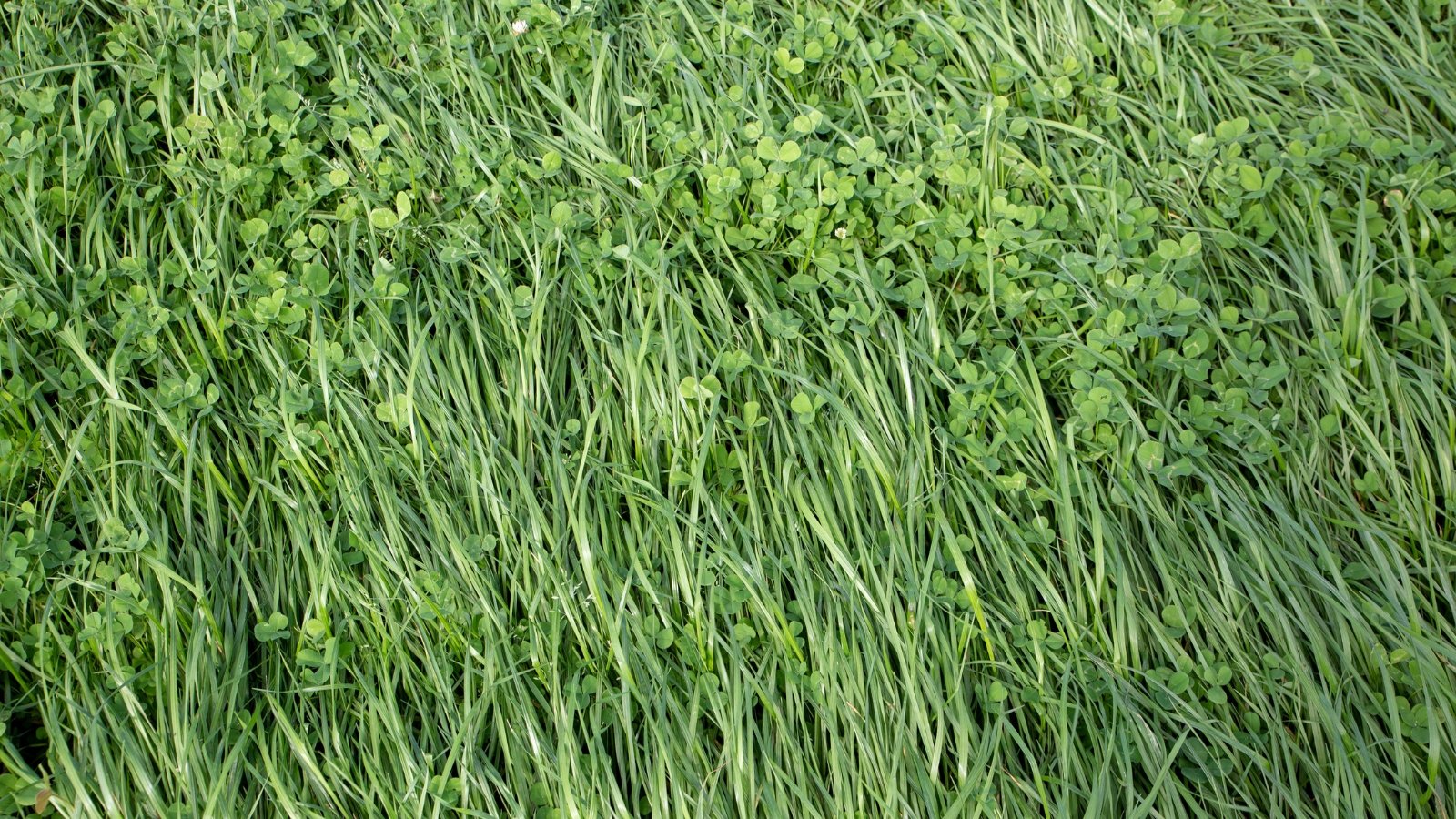

Ponder planting a cover crop to protect soil from compaction and help hold soil fertility. Cowl cropping is the apply of planting and rising secondary vegetation in a mattress or self-discipline when the world is not getting used to develop the primary crop (usually a vegetable or fruit).
This apply is traditionally used on greater farms, nevertheless can utterly be utilized in a home yard too. Fall cowl crops embrace oats, annual ryegrass, winter wheat, bushy vetch, clover, and Austrian winter peas.
Mulch
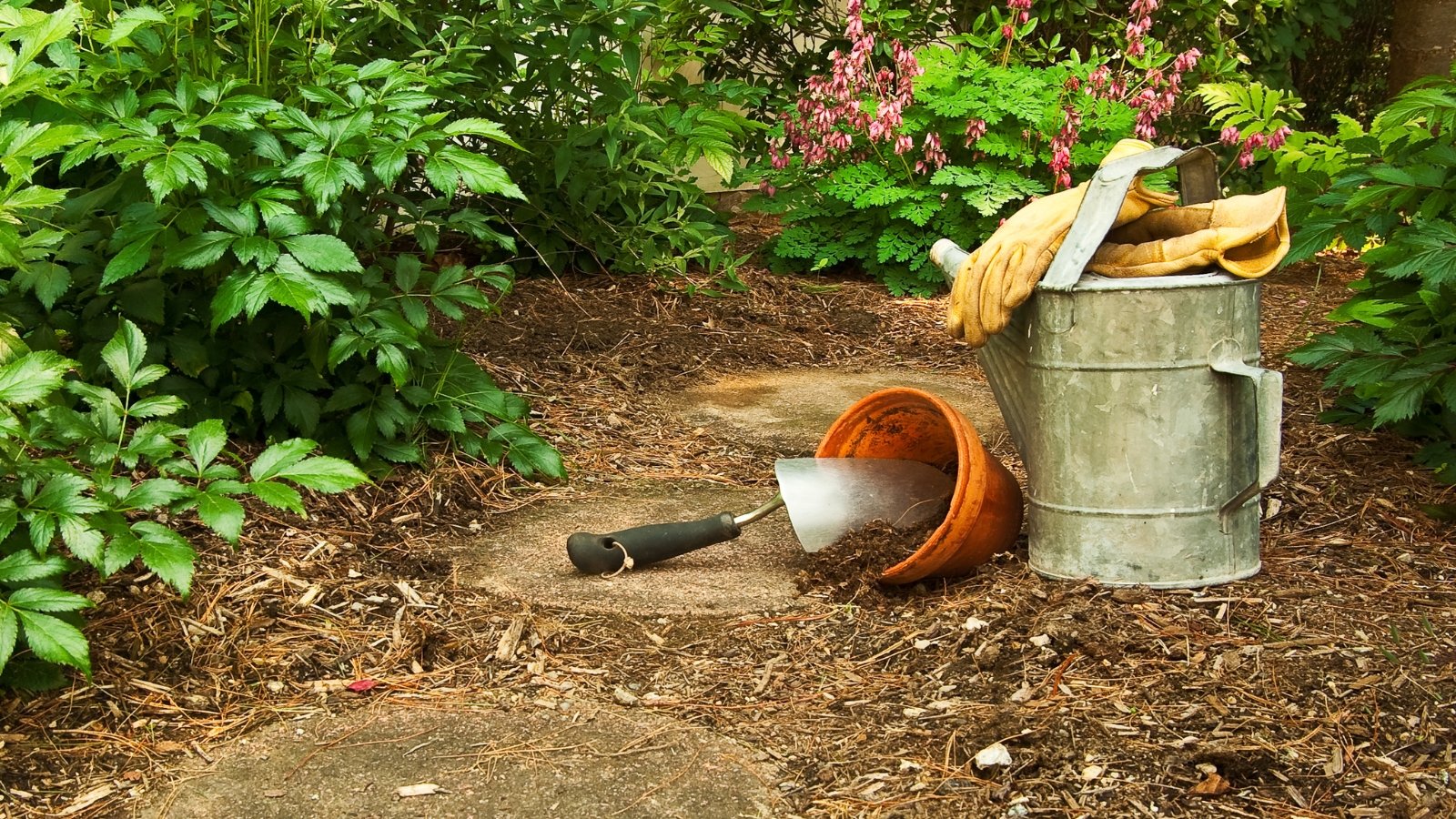

No cowl crop? On the very least, cowl the ground of your mattress with chopped leaves, straw, or bark mulch. Mulch will defend the nutrient-dense topsoil from eroding away, hold soil moisture, and keep sneaky weed seeds from taking root.
Deal With Sicknesses
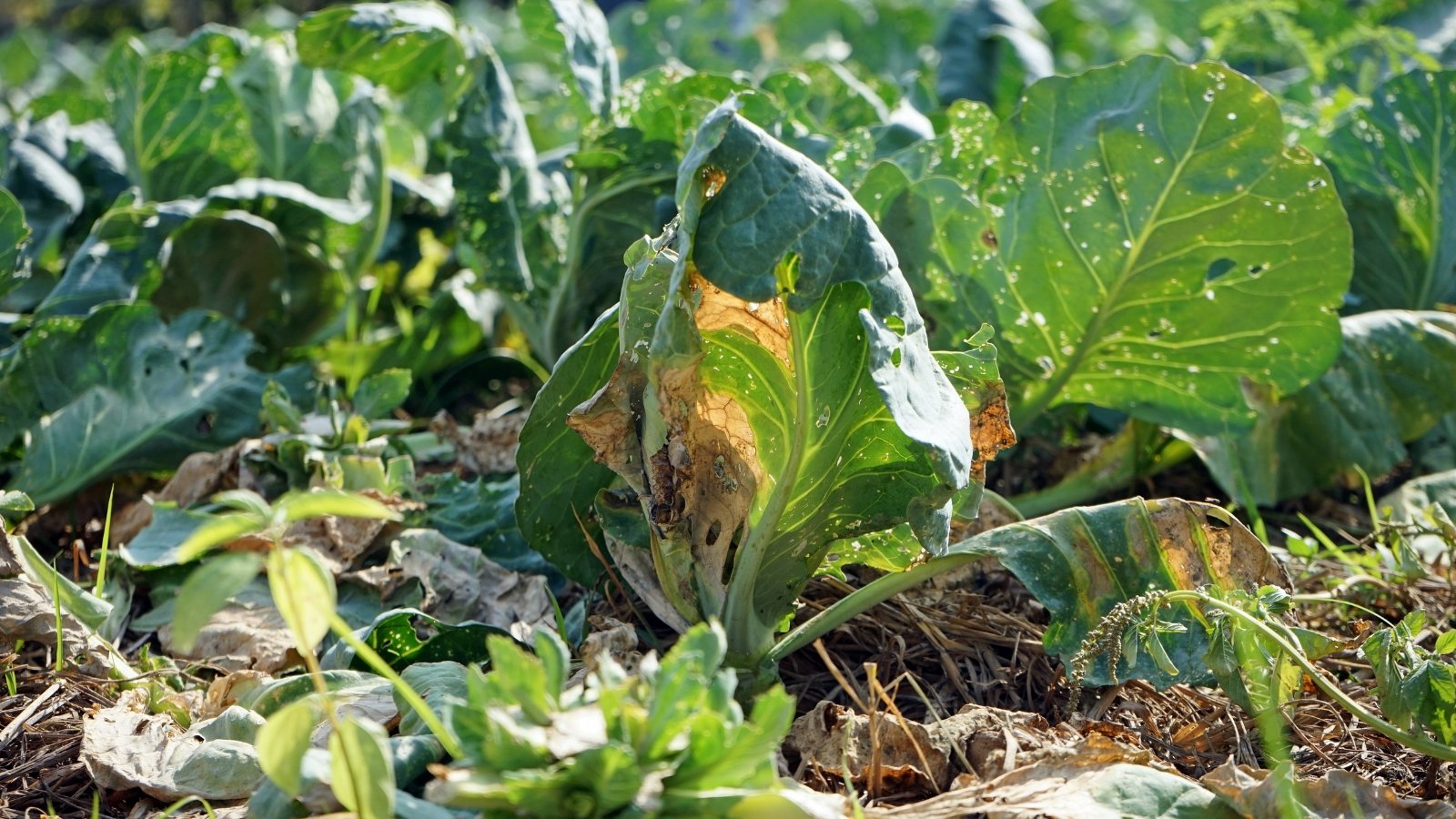

Sooner than you get carried away composting, you’ll have to make a remark of any diseases that plagued your yard this season. Dwelling compost setups rarely get scorching enough to kill pathogens. In consequence, many viral, bacterial, and fungal diseases can overwinter on soil and plant particles thrown throughout the compost bin. Toss any contaminated plant supplies throughout the trash, and don’t risk one different outbreak subsequent spring.
Haul In Your Houseplants
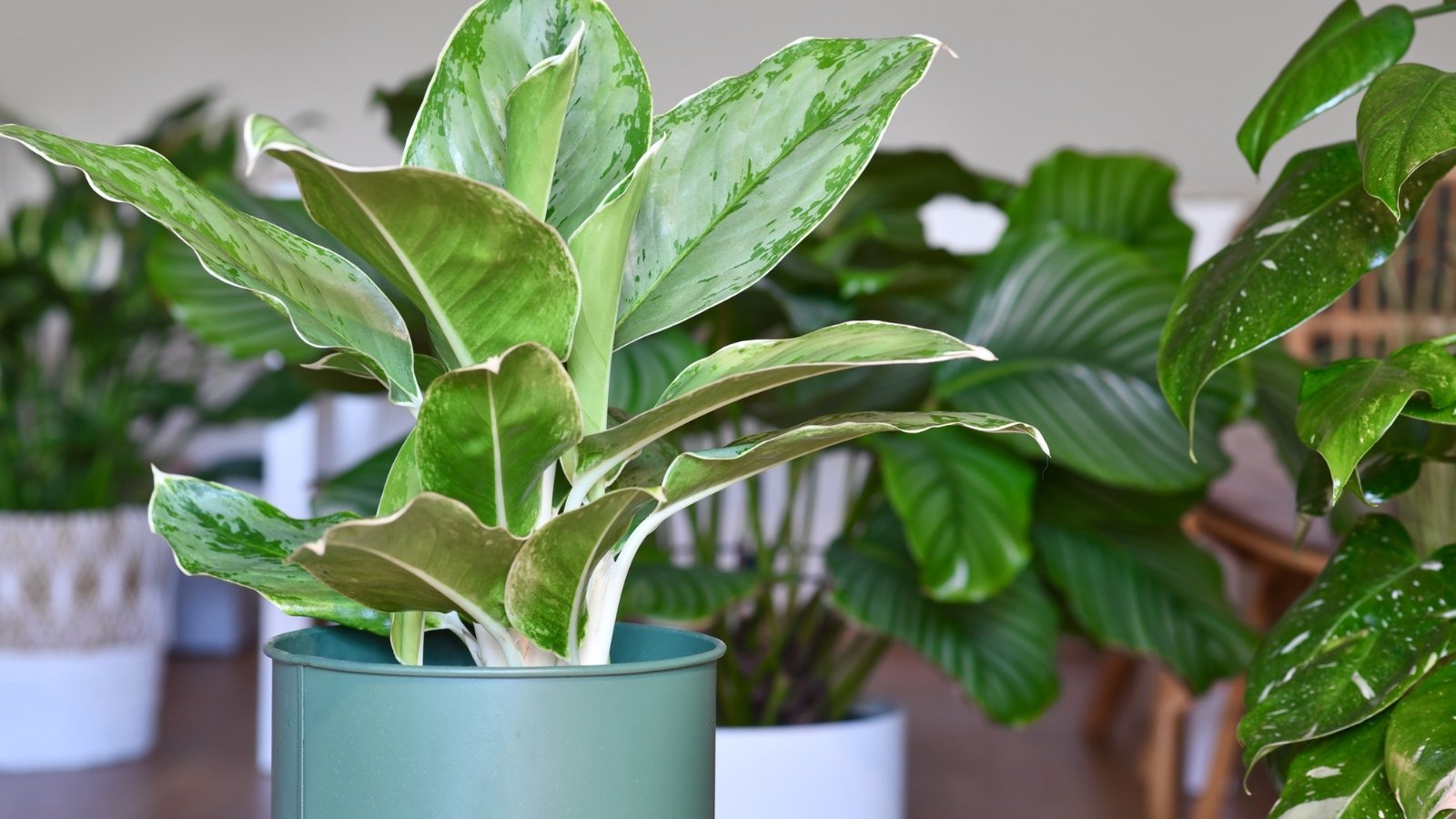

While you moved some houseplants out to a porch or deck for “summer time season journey”, time to ship them once more indoors! A number of our beloved houseplants have tropical origins, and temperatures underneath 45-50°F (7-10°C) might trigger them foremost hurt or lack of life.
To steer clear of inviting aphids and totally different bugs into your property, give your houseplants a fantastic once-over sooner than relocating them indoors. Spray leaves down with a hose to knock mud and pests unfastened. Apply neem oil or insecticidal cleansing cleaning soap to any vegetation that current indicators of infestation.
Make a Plan For Leaves
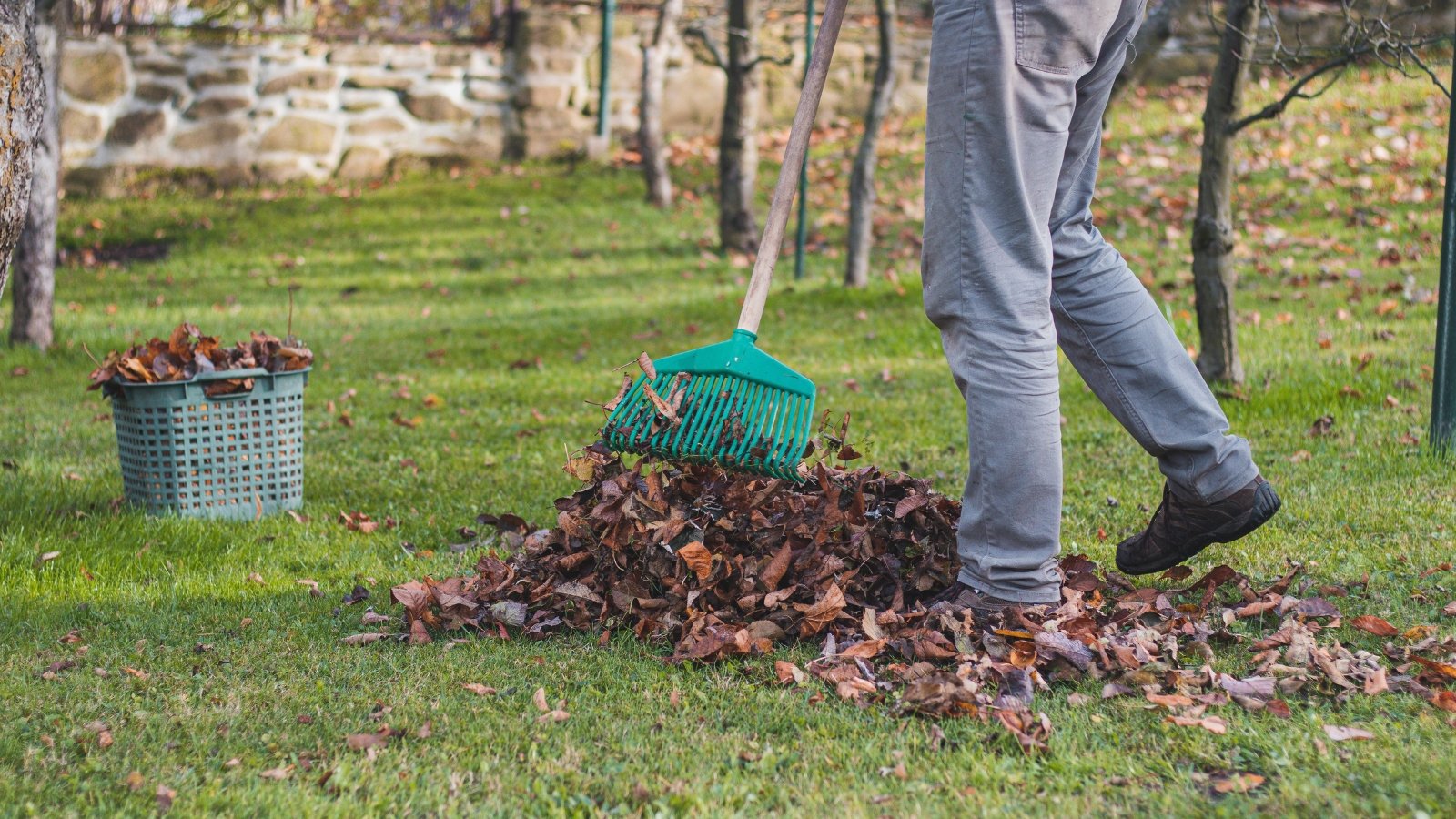

The quaint of gardening thought was to scoop every remaining fallen leaf and eliminate it. We now know that leaves are sturdy gold within the case of healthful gardens and resilient ecosystems. Proceed to rake up dense mats of leaves off of walkways, patios, and grass lawns. Nonetheless, don’t throw leaves away. Instead:
Add Them to Your Compost
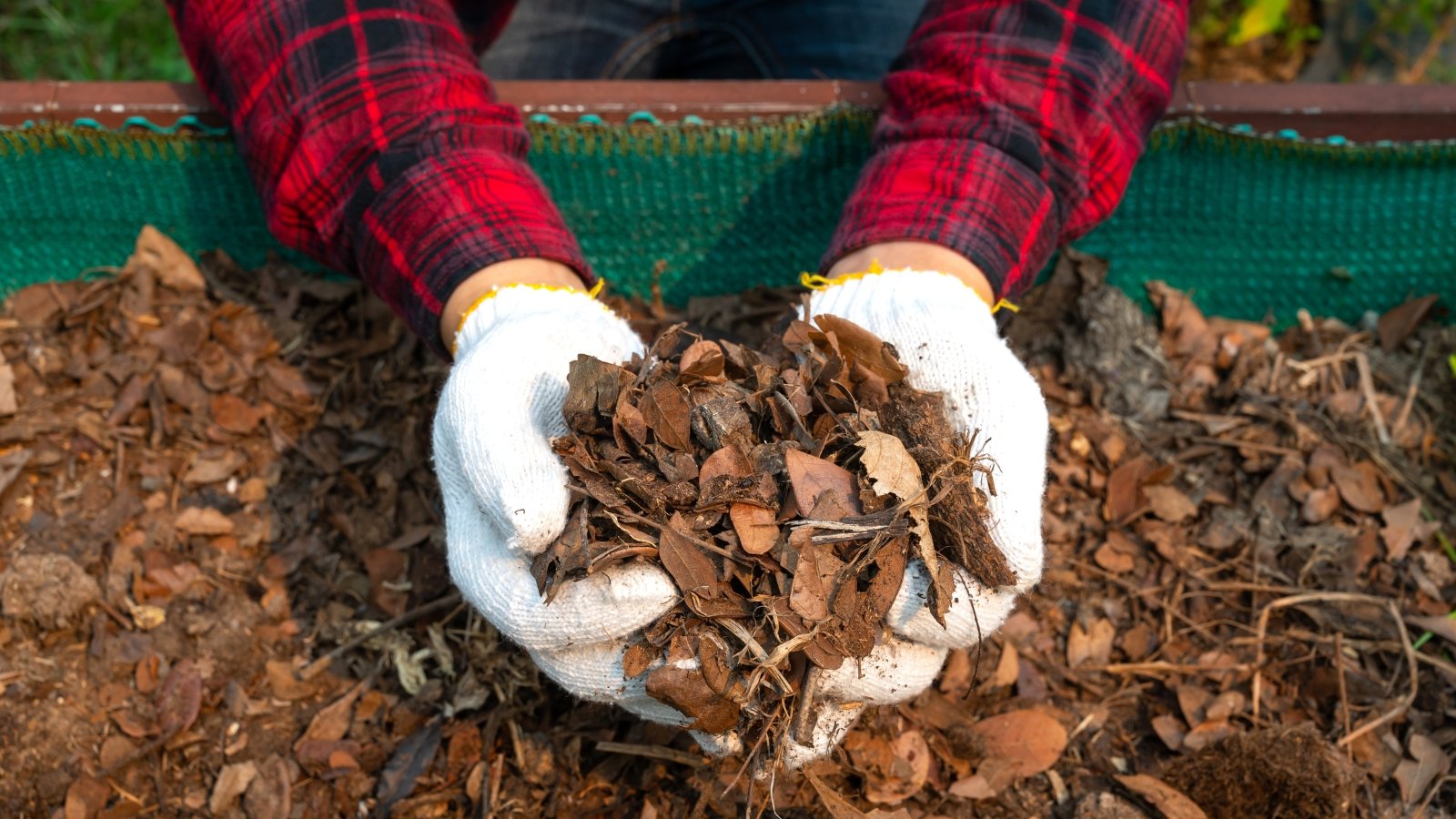

Dried leaves are carbon-rich “brown” parts. Add leaves to your compost bin immediately, or save them in a watertight container to utilize all via the winter. I’m not fussy about throwing the leaves in complete, nevertheless merely know that they’ll take longer to interrupt down. Chop or shred leaves to rush up the decomposition course of.
Mulch Yard Beds With Them
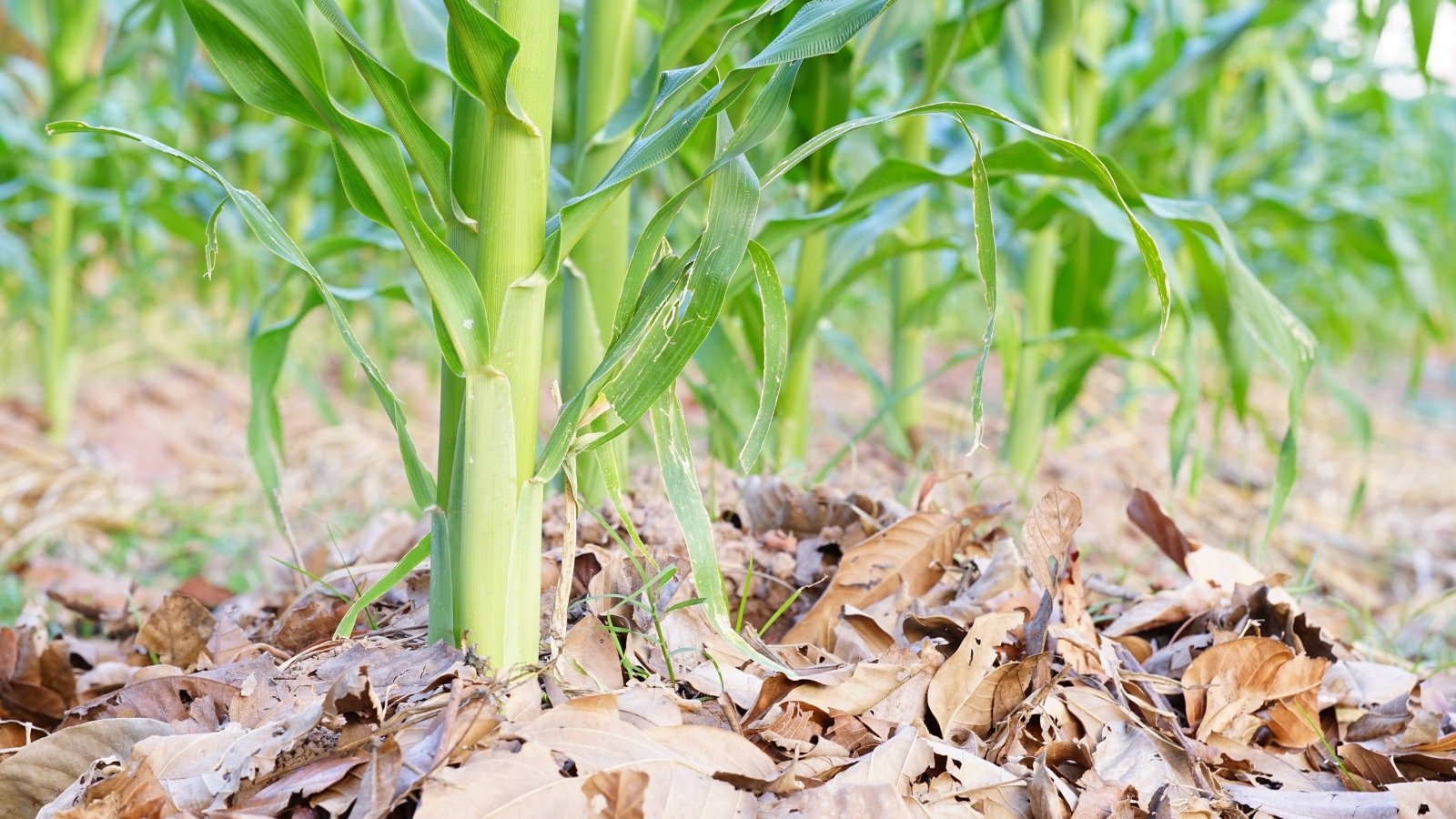

Chopped leaves are a implausible pure mulch, and this fall yard exercise is definitely one you may regret to ignore. Tuck an insulating layer of leaves spherical tender perennials that might use some additional winter security. Use chopped leaves to cowl bare soil and empty yard beds. They’ll suppress weeds and keep your useful topsoil intact.
Are there any bushes that shouldn’t be used for leaf mulch? Plenty of. Black walnut produces a chemical known as juglone, which prevents many vegetation, along with most of our widespread yard veggies, from rising. Whereas the leaves don’t comprise pretty as so much juglone as a result of the roots and nut hulls, they should nonetheless be composted for a number of months sooner than using throughout the yard. You’ll moreover most likely have to skip using poison ivy or poison oak leaves as mulch, which will definitely come once more to haunt you later.
Stash Some for Wildlife
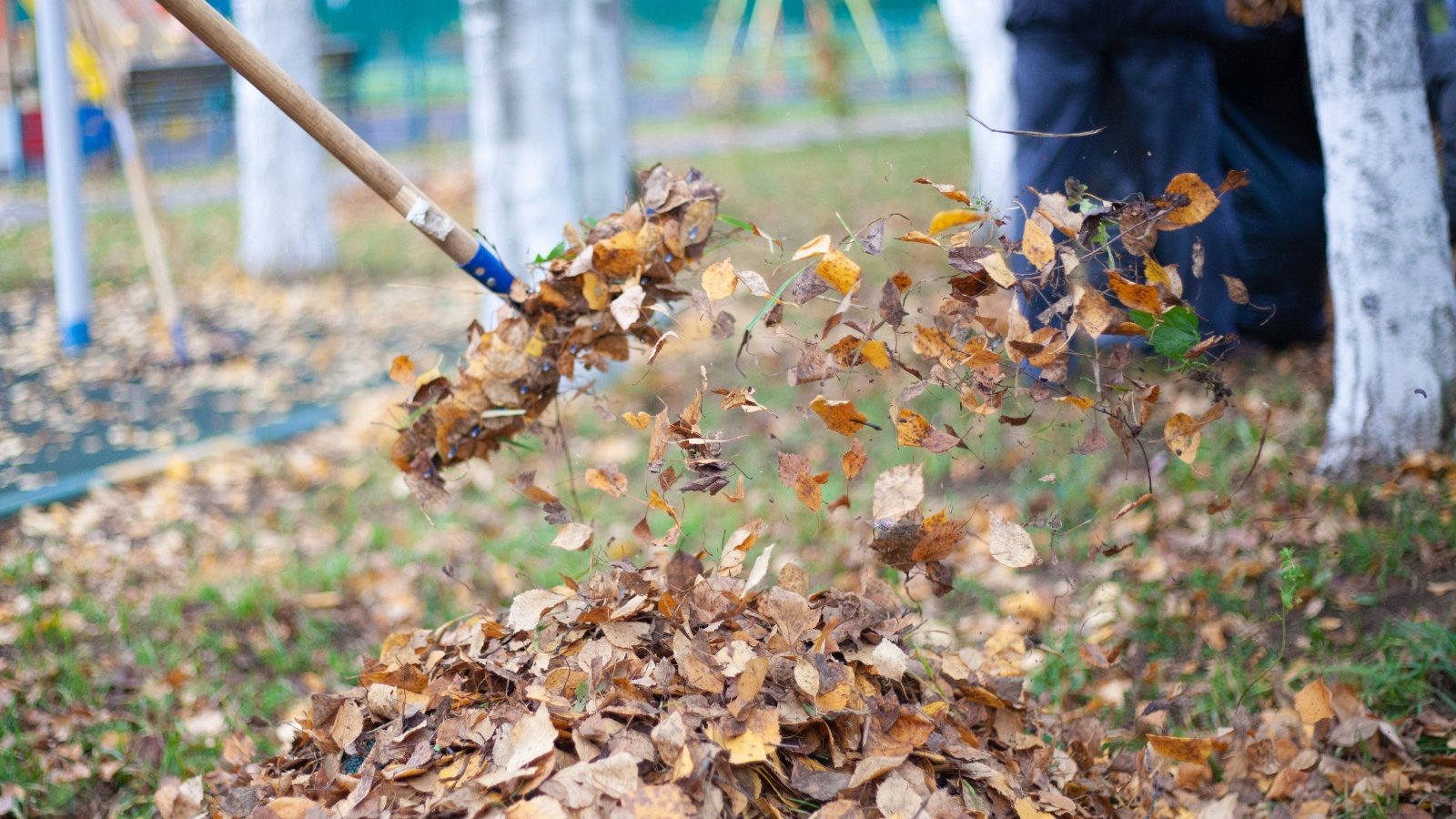

Leaves and brush perform useful habitat for bugs and totally different overwintering wildlife. When you cannot stand the sight of scattered leaves spherical your yard, rake them proper right into a unfastened pile in a discreet nook. Bees, moths, and totally different pollinators will nest, feed, and take shelter among the many many leaves.
Take Tender Tubers Out of the Flooring
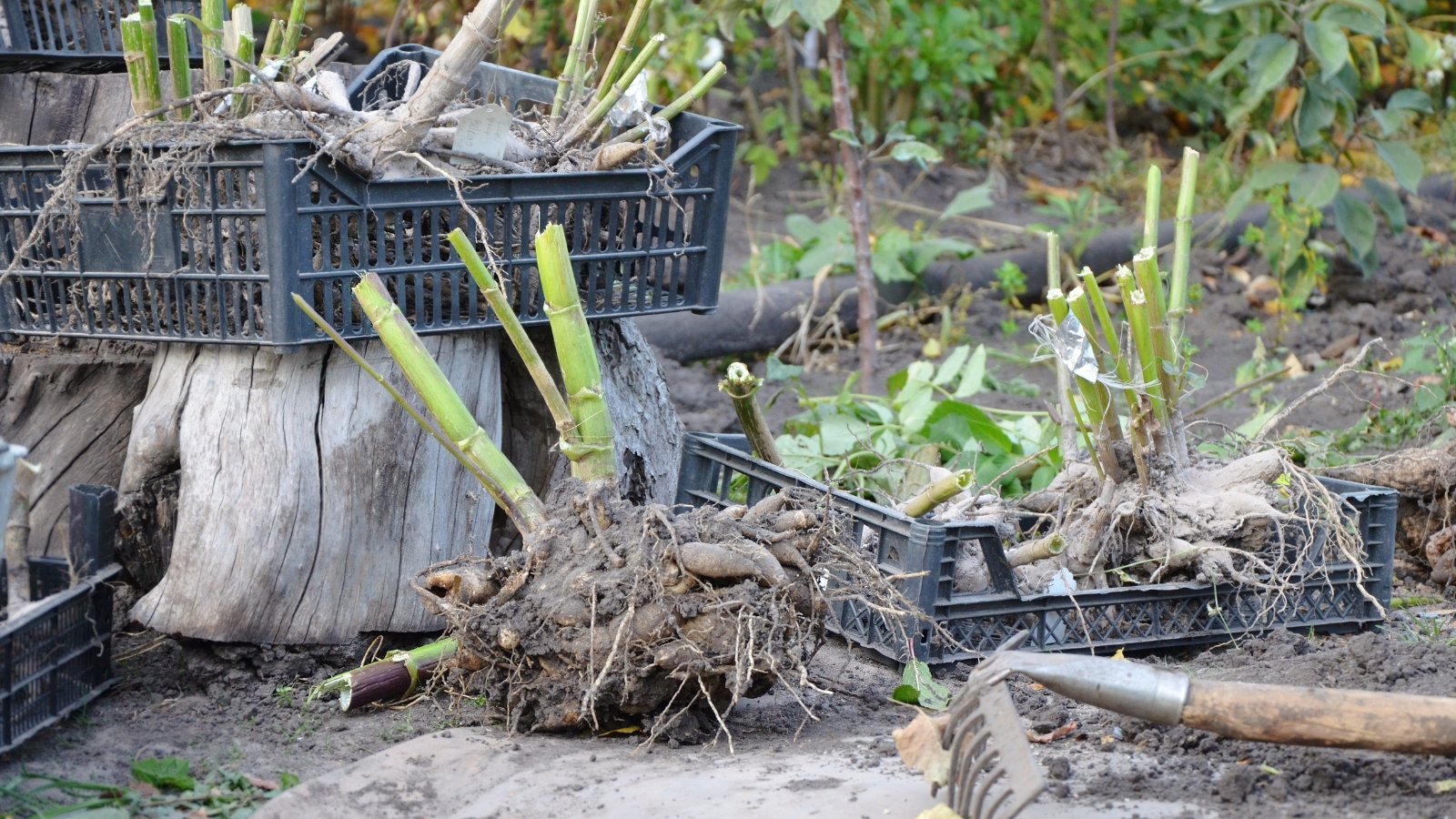

While you ignore your tubers and bulbs in your fall yard exercise guidelines, likelihood is you may not have flowers subsequent spring. Tender tubers (bulbs) embrace summer- and early fall- flowering vegetation akin to dahlias, canna lilies, caladiums, calla lilies, tuberous begonias, and freesia. Most of these vegetation are native to tropical or semi-tropical environments, and their tubers cannot survive a tricky freeze.
Gardeners throughout the warmest climates—usually USDA zone 9 and warmer—can depart these vegetation throughout the flooring all 12 months. Nevertheless, gardeners in cooler zones may wish to dig these tender tubers up and retailer them indoors via the winter months. Wait until the first delicate frost of the autumn; it can give the plant ample time to mature and retailer up nutritional vitamins for the subsequent 12 months earlier to going dormant.
Get Hardy Bulbs throughout the Flooring
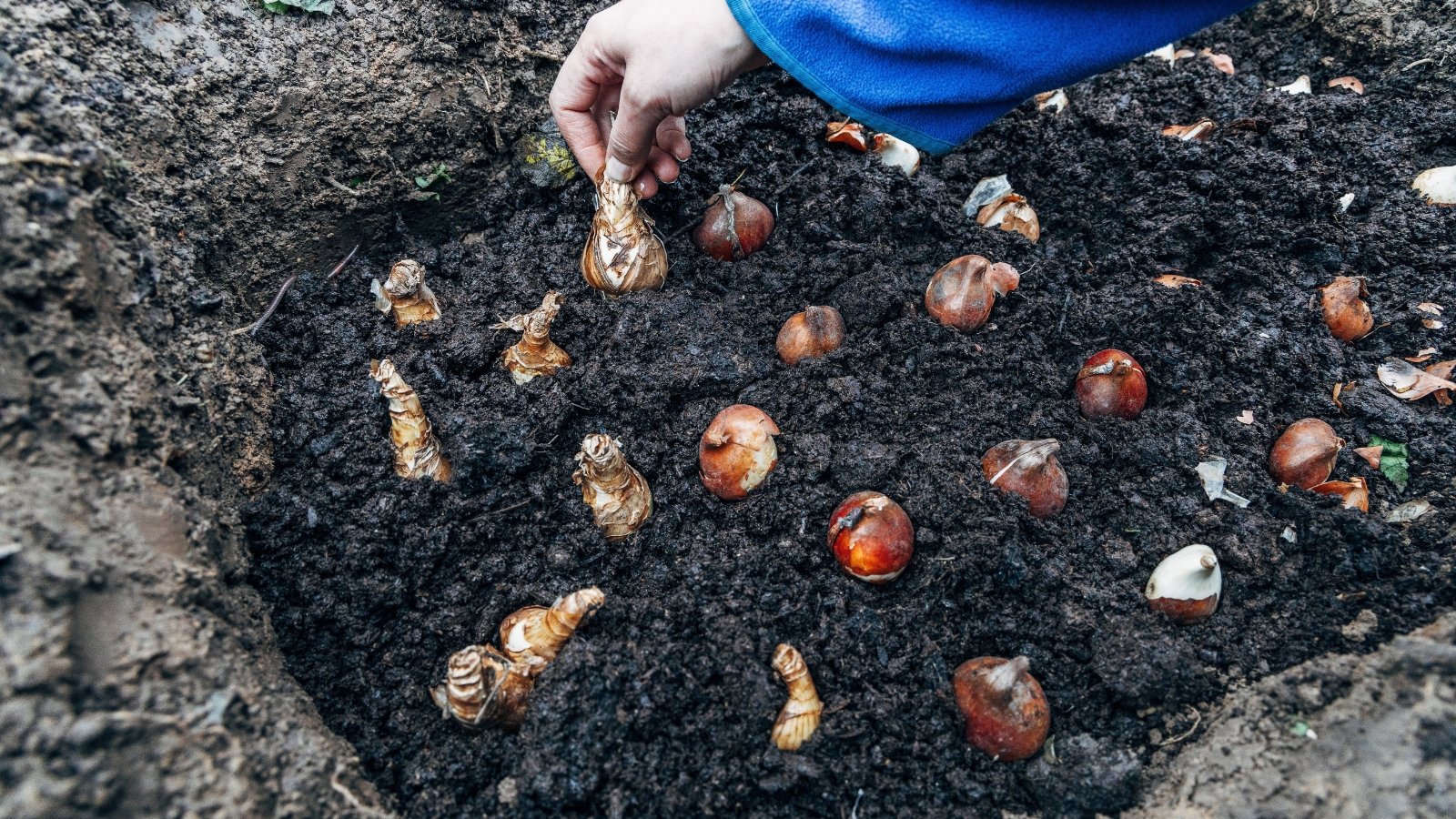

While you merely dug up some dahlias, keep the shovel useful – it’s most likely time to plant spring-flowering bulbs. Tons of our favorite spring vegetation (tulips! daffodils! crocuses!) are bulbs that require a chilling interval in order to bloom accurately.
Plant these bulbs throughout the fall to produce them with the chilly temperatures needed to take care of them dormant:
- Daffodil
- Crocus
- Glory-of-the-snow
- Muscari
- Snowdrops
- Tulips
Missed the window to get these spring beauties throughout the flooring? Don’t fret. You could attempt to “drive” your bulbs into bloom by chilling them artificially in a fridge for a variety of weeks. That’s known as chilly stratification. The vegetation is not going to be as sturdy as these planted throughout the fall, so make sure to select the healthiest bulbs for the most effective potential bloom.
Divide Perennials
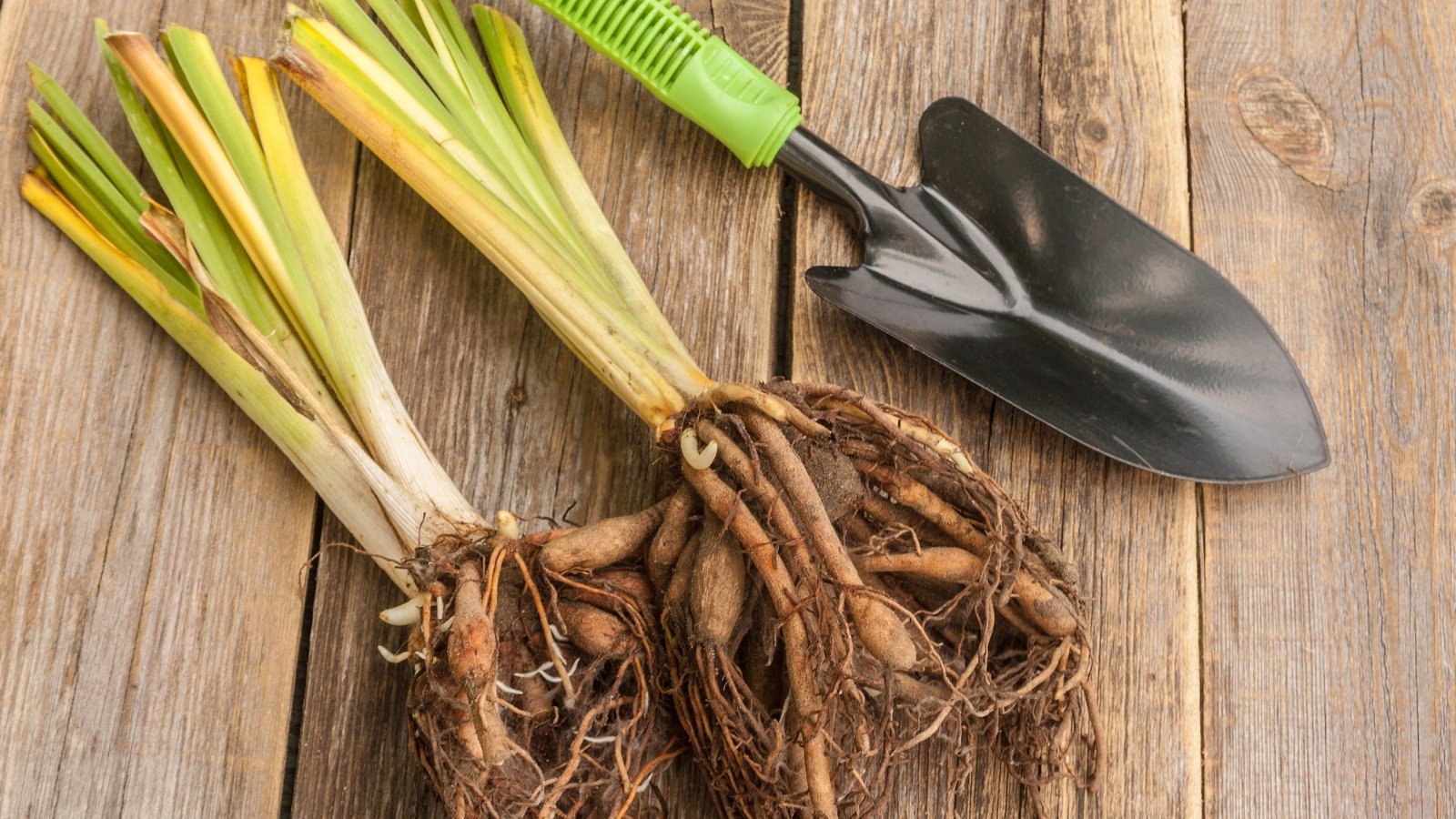

Some vegetation really reply correctly to being divided every few years. Dividing can help rejuvenate older vegetation which have stopped blooming or died out on the central crown, and alleviate overcrowding throughout the yard mattress. Most perennials have to be divided every 1-5 years, counting on the species.
Fall is an excellent time to divide up many spring and early summer time season flowering perennials, like irises, daylilies, phlox, coreopsis, and peonies. Determine a cool day a minimal of 4 weeks earlier to a tricky freeze – it can give your newly divided plant a great deal of time to get established.
Cope with Invasive Vegetation
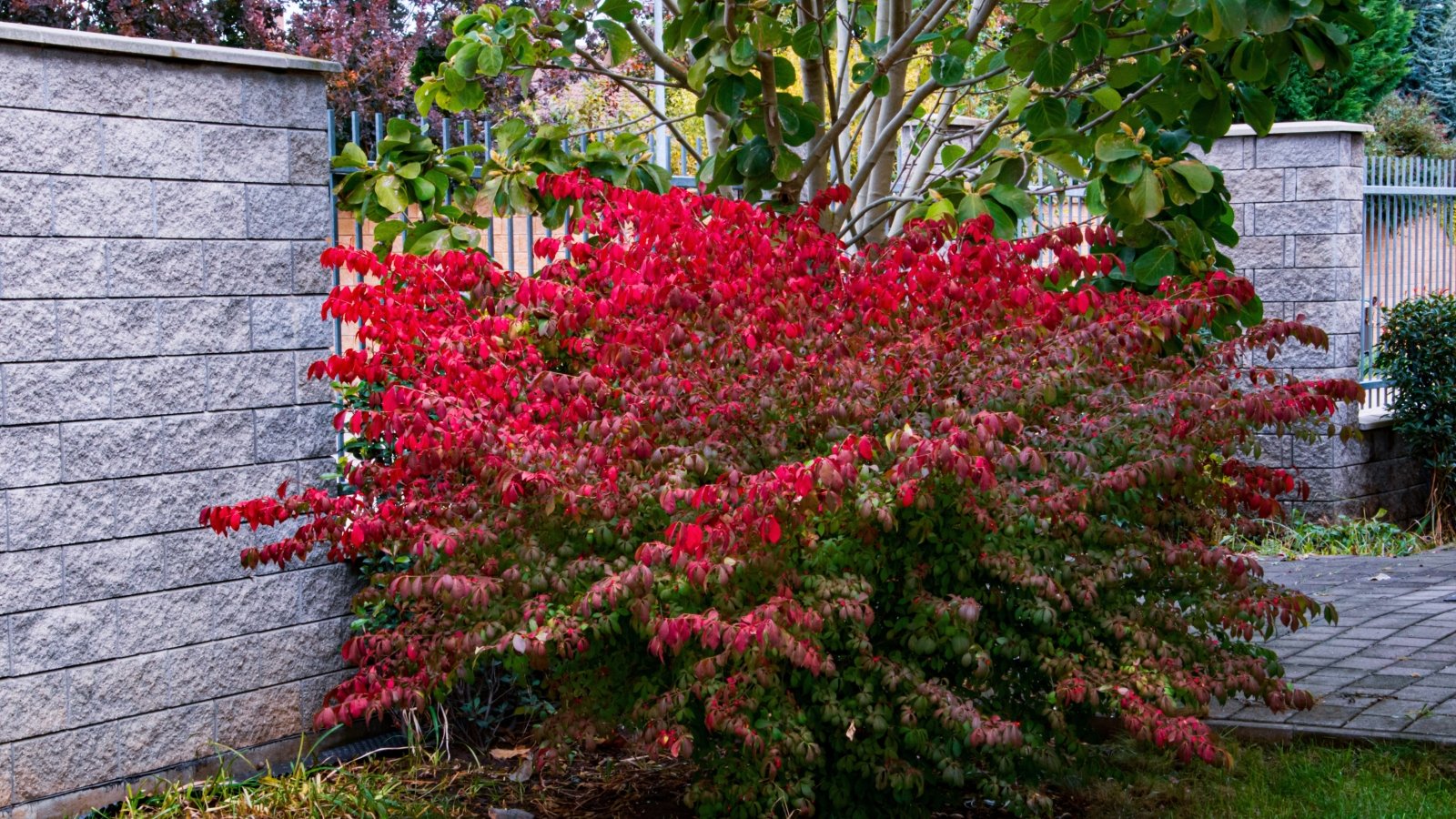

Fall is an excellent time to wrestle invasive vegetation. Many widespread woody invasive shrubs, along with buckthorn, barberry, and burning bush, retain leaves and berries properly into the start of winter. Whereas the rest of your yard is also bare, you’ll be able to merely set up and isolate the invasive vegetation.
Retailer Shrubs, Perennials, and Bushes
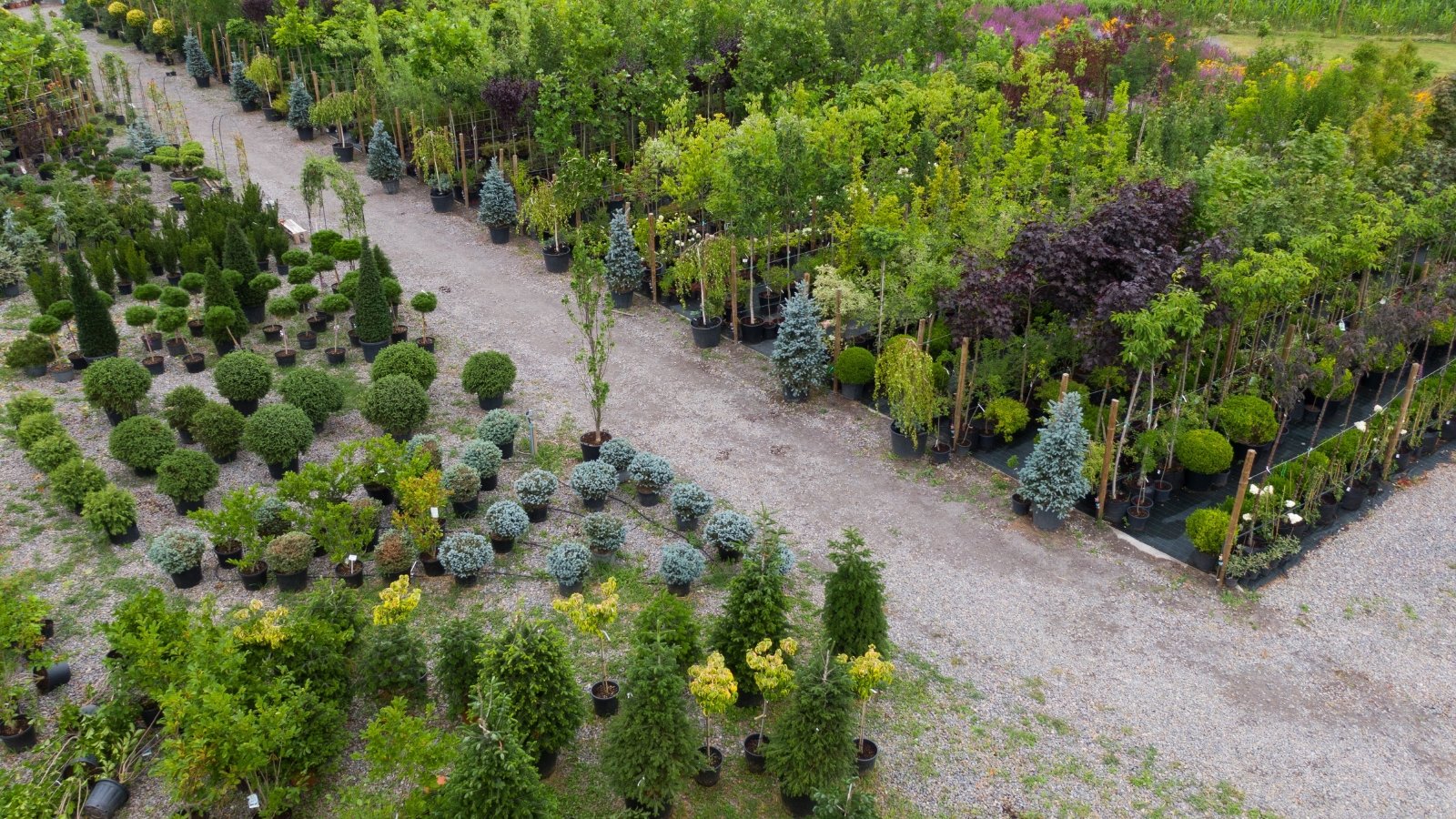

Many yard services and nurseries are seasonal and shut up retailer sooner than the autumn ends. In an effort to maneuver some inexperienced objects inventory, some may put their vegetation at a hefty low value. Their income margin loss is a gardener’s purchase! I’ve scooped up a great deal of utterly healthful vegetation throughout the fall that proceed to grace my yard to at the moment (to at the moment, my favorite end-of-season steal is a $40 clematis that I purchased for EIGHT DOLLARS).
To not level out the reality that fall is an excellent time to get youthful bushes, shrubs, and perennials throughout the flooring. The cool local weather means you obtained’t should stress about watering as so much. Most vegetation are heading into dormancy, meaning they’ll be sending vitality in route of root enchancment. With out buds and leaves to stress about, they’ll get established sooner.
Drain Hoses and Irrigation
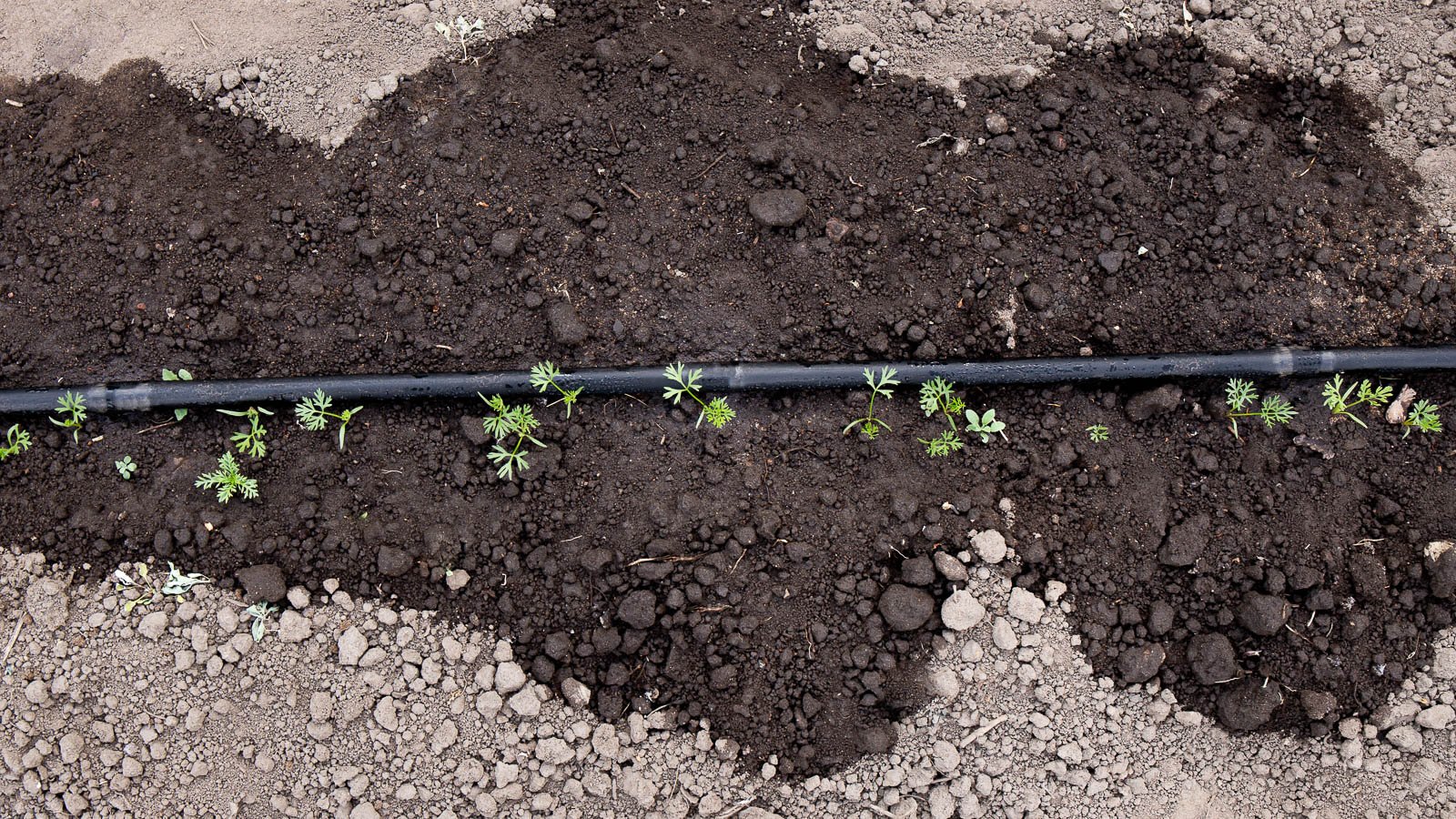

I do know, I do know. Emptying out and wrangling yard hose is not exactly a glamorous exercise. Nevertheless chilly native climate gardeners know {{that a}} hose stuffed with water will finally freeze, develop, and burst. Best case state of affairs, you might have a cracked, leaky hose. Worst case state of affairs, you might have water everywhere. Take away the hose from the spigot, then stretch it flat all through the underside to empty. Alternatively, you presumably can dangle the hose by its heart over a fence or totally different extreme location so the water will drain out at each end.
Equally, should you occur to use a terracotta olla to irrigate your yard, and reside in an house that experiences frequent freezes or prolonged winters, you’ll have to dig up, empty, and retailer the olla indoors. This will likely forestall the terracotta from cracking.
Clear Your Containers
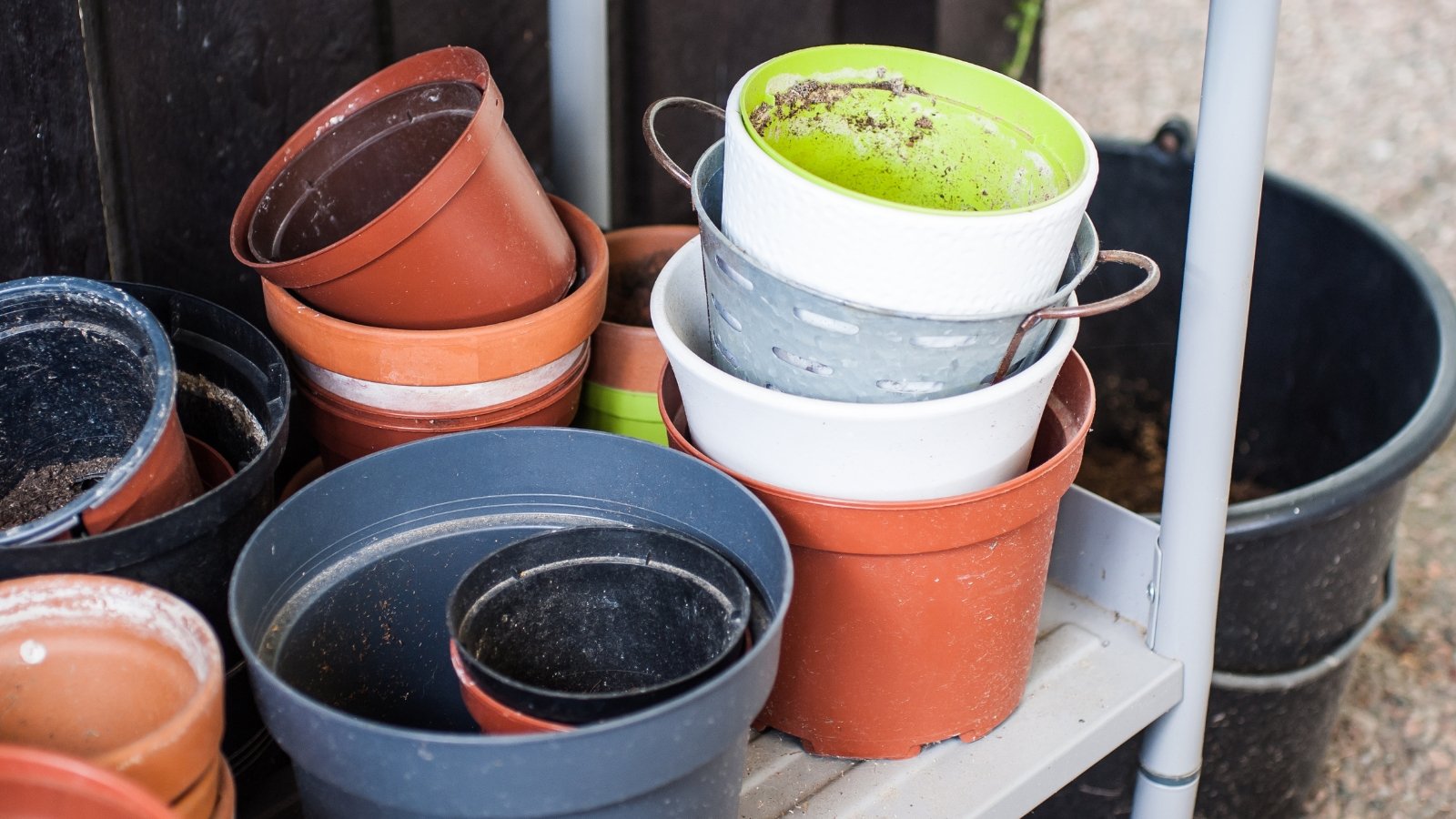

I’m 100% accountable of not doing this one. As quickly as a tricky frost nukes the tender annuals in my pots, planters, and hanging baskets, I usually dump the soil after which merely stack the containers in my shed. Infrequently do I get the urge to interrupt out a hose and scrub brush.
Nevertheless I must. Insect pests can merely overwinter throughout the bottom of a planter and reappear throughout the spring. Micro organism from contaminated nursery vegetation will linger throughout the dirty, soil-encrusted planters and make their methodology into subsequent season’s vegetation.
Blast containers with a hose, then take a few minutes with each container to scrub unfastened any caked on mud or soil with delicate dish cleansing cleaning soap. Adjust to up with a ten% bleach decision or 70% rubbing alcohol to completely disinfect the container. Dry containers throughout the photo voltaic, then retailer them and immediately start dreaming of subsequent season’s planting ideas.
Key Takeaways
Wrapping up only a few gardening duties now ensures a healthful, vibrant yard subsequent season. When spring lastly does arrive, we’ll be able to focus completely on seeds and planting. Now, roll up your sleeves and get out throughout the yard!
[ad_2]
